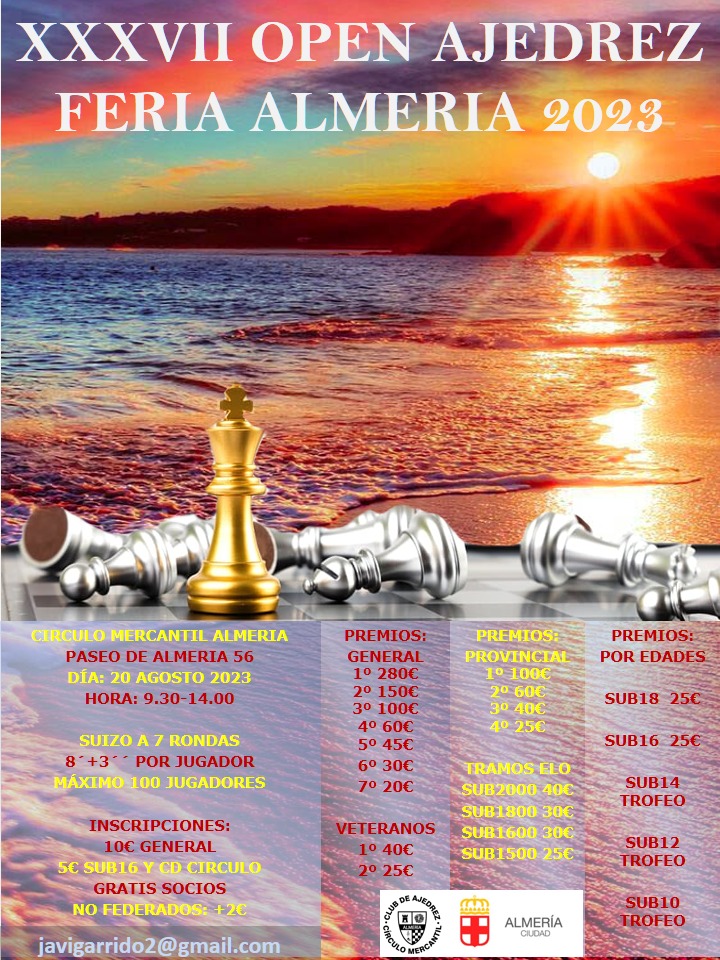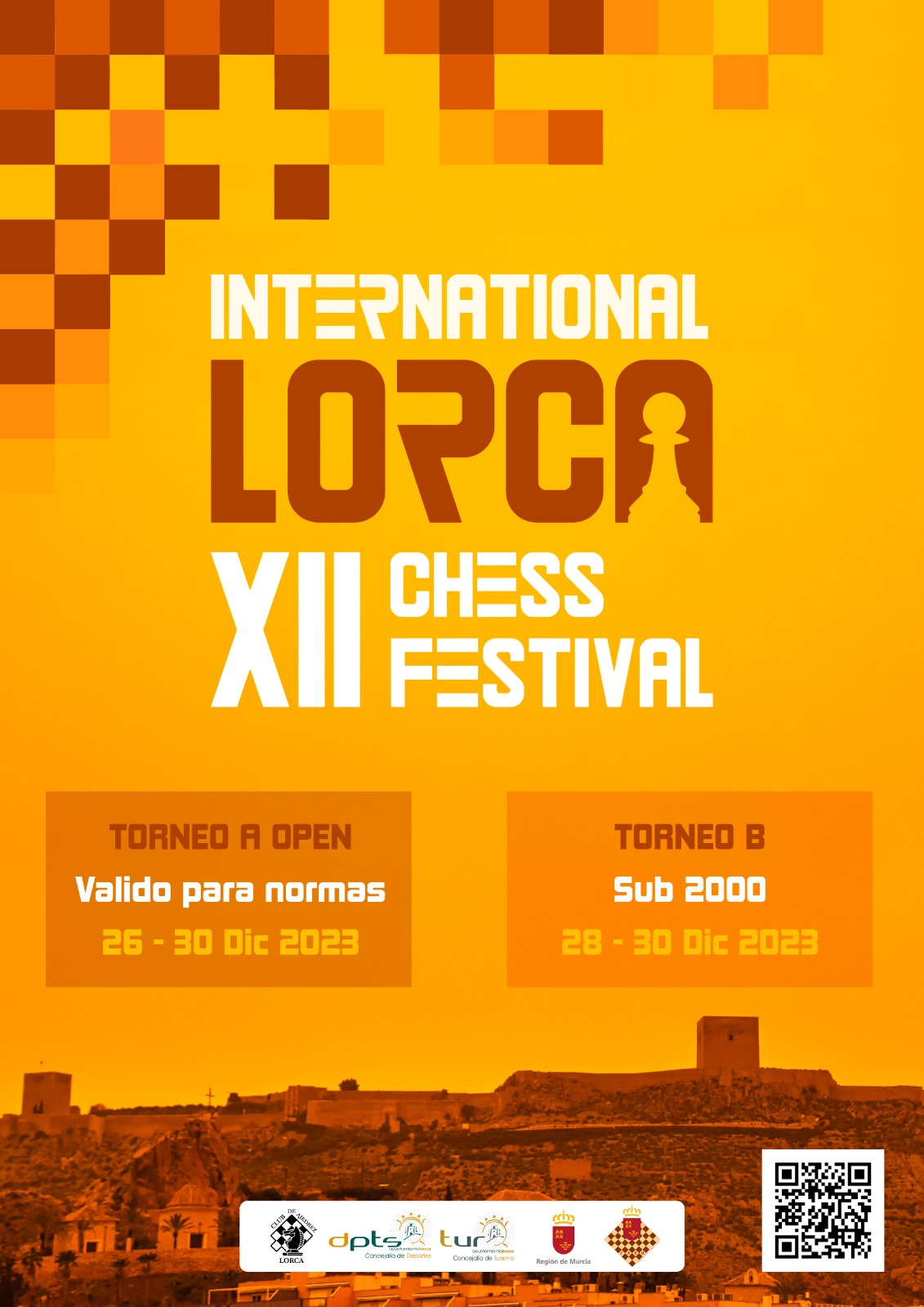 |
| Jacob Aagaard Fotógrafo: David Llada |
Mucho se habla de los libros del prestigioso entrenador Jacob Aagaard, sobre las múltiples virtudes a la hora de usar este material como base de un método de estudio para avanzar en ajedrez, y mucho se oye también sobre el alto nivel de los libros y sobre si son o no recomendables para jugadores de club o ya para jugadores con más nivel MF en adelante.
Una vez más nos hemos puesto en contacto con Aagaard y una vez más nos ha atendido gentilmente y contestado a todas nuestras preguntas:
- ¿son realmente tus libros para un nivel avanzado?
Jacob Aagaard: Si y no. Algunos de los libros son ciertamente para un nivel muy alto, pero algunos de ellos no tanto. Creo que los libros como Thinking Inside the Box se pueden leer y comprender en cualquier nivel. Lo mismo ocurre con los libros más antiguos como Excelling at Technical Chess, que todavía me gustan. También encuentro que el Manual de ataque 1 es posible de entender por casi todos los niveles, incluso si en alguna parte el nivel es muy alto. Lo mismo debería ocurrir con los libros que estoy escribiendo con Boris Gelfand. Pero en este momento en el que hablamos de libros de ejercicios, no es la capacidad de comprender, sino de encontrar movimientos, lo que es más importante. Y entonces la dificultad de los libros se vuelve importante.
Pero los libros de entrenamiento en la serie Grandmaster Preparation son libros difíciles. Estos libros fueron creados a partir del trabajo que hice con Boris Gelfand y desde el 2013 con Sam Shankland. Muchos de los mejores jugadores me han dicho en privado que usan estos libros, lo que les contará un poco sobre su nivel. He visto a 1300 jugadores tratar de abrirse paso a través del cálculo, por ejemplo, e inmediatamente he forzado una copia de Build up Your Chess de Artur Yusupov en sus manos.
En este momento estoy trabajando en una serie de libros para principiantes, además de escribir libros de alto nivel. Serán baratos y útiles durante los primeros 1-2 años de desarrollo del ajedrez. También puedo hacer estas cosas, pero me he centrado en un nivel más alto, ya que este ha sido la principal demanda.
- ¿puede y debe, según tu opinión, un jugador de club, 2000 ELO FIDE, entrenar con tus libros si quiere mejorar o se le quedarían grandes y es mejor que comenzara por otros aspectos?
Jacob Aagaard: Creo que Think inside the box y el Manual de ataque 1 serían muy útil, pero la realidad es que los libros de ejercicios probablemente comiencen a ser realmente útiles para más de 2200. Sin embargo, el juego posicional es probablemente accesible desde 1900 o 2000.
Como editor, Quality Chess tiene la fortuna de tener dos series de libros de entrenamiento que combinan bien entre sí. Los libros de Yusupov van de 1200 a 2300 y mis libros de 2200 a la cima. Como dije, estoy planeando una nueva serie y el primer libro estará listo esta primavera. Será una gran serie con muchos libros de trabajo, dirigidos principalmente a niños y escuelas. Trabajaré con otro capacitador experimentado en estos libros, para asegurarme de no arruinarlos.
Habrá más libros de medio juego en un nivel superior. El ajedrez es interesante y me gusta trabajar con él, trabajar cómo jugar mejor. Así que voy a escribir libros de texto y libros de ejercicios para ir juntos.
- Se que son muchos los libros enfocados al entrenamiento que tienes ya entre "tus hijos" ¿pero hay algún orden especial, sensato, a la hora de trabajar con ellos que recomendarías al jugador que empieza a adentrarse en el mundo Aagaard?
Jacob Aagaard: En primer lugar, es solo ajedrez. No es mi mundo Puedo desagradarte como persona y que te gusten y uses los libros de todos modos.
Puedo desagradarte como persona y que te gusten y uses los libros de todos modos.
Think inside the box es la piedra angular de mi pensamiento. Algunas personas no estarán de acuerdo con partes de ese libro. No a todos les gusta mi enfoque de la psicología o la dieta, por ejemplo. Pero esto es menos de 10 páginas en un libro de 400. He incluido casi todas mis ideas sobre el ajedrez en ese libro y casi garantizaré que todo el que lo lea le encontrará algo útil.
El Manual de ataque 1 trata muy bien con el dinamismo. Creo que es accesible en muchos niveles.
A partir de los libros Grand Master Praparation, Calculation and Positional play son los primeros libros que se repasan, preferiblemente al mismo tiempo, luego Strategic Play and Attack & Defence. y finalmente Finally Endgame Play. Creo que es muy útil repasar varios libros al mismo tiempo. 2-3. Pero no más o pierdes tu enfoque. Pero no quieras trabajar solo en tácticas o solo juego posicional, el ajedrez no es así. Este es un programa de entrenamiento redondeado, pero dividido en varios libros.
English version
Much is said about the books of the prestigious trainer Jacob Aagaard, about the multiple virtues when using this material as the basis of a study method to advance in chess, and much is also heard about the high level of the books and about whether they are recommended or not, for club players or for players with MF level and above.
Once again we have contacted Aagaard and once again he has kindly answered all questions:
- Are your books really for advanced level?
Jacob Aagaard: Yes and no. Some of the books are certainly for a very high level, but some of them less so. I think books like Thinking Inside the Box can be read and understood at any level. The same goes for older books like Excelling at Technical Chess, which I am still fond off. I also find that Attacking Manual 1 is possible to understand at almost every level, even if some of the chess in the book is of a very high level. The same should go for the books I am writing with Boris Gelfand. But the moment we are talking exercise books, it is not the ability to understand, but to find moves, which is most important. And then the difficulty of the books becomes important.
But the training books in the Grandmaster Preparation series are difficult books. These books were created from the work I did with Boris Gelfand and from 2013 Sam Shankland. Many top players have told me privately that they use these books, which will tell you a little bit about their level. I have seen 1300 players try to work their way through Calculation, for example and I have immediately forced a copy of Build up Your Chess by Artur Yusupov in their hands.
At the moment I am working on a series of beginner books, as well as continuing writing high level books. They will be cheap and useful for the first 1-2 years of chess development. I can do these things as well, but I have just focused on higher level, as this has been where the main demand has been.
- In your opinion, should a club player with 2000 ELO FIDE, train with your books if he/she wants to improve or would it be too much for him/her thus better start with other aspects?
Jacob Aagaard: I think Thinking Inside the Box and Attacking Manual 1 would be very useful, but the reality is that the exercise books probably start being really useful for 2200+ players. However, Positional Play is probably accessible from 1900 or 2000.
As a publisher, Quality Chess is fortunate to have two series’s of training books that tie well together. Yusupov’s books go from 1200 to 2300 and my books from 2200 to the top. As said, I am planning a new series at the bottom and the first book will be ready this spring. It will be a big series with a lot of work books, aimed mainly at kids and schools. I will be working with another experienced trainer on these books, to make sure that I do not mess it up.
There will be more middlegame books on higher level. Chess is interesting and I like working with it, working out how to play better. So I will write both text books and exercise books to go together.
- I know that there are many books focused on training that you already have among "your children" but is there any special, more accurate order while working with them that you would recommend to a player who just entered the Aagaard world?
Jacob Aagaard: First of all, it is just chess. It is not my world
Thinking Inside the Box is the cornerstone of my thinking. Some people will disagree with parts of that book. Not everyone likes my approach to psychology or diet, for example. But this is less than 10 pages in a 400 page book. I have put almost all my ideas on chess into that book and I will almost guarantee that everyone who reads it will take something useful away from it.
Attacking Manual 1 deals very well with Dynamics. I think it is accessible on many levels.
From the Grandmaster Preparation exercise books, Calculation and Positional play are the first books to go through. Preferably at the same time. Then Strategic Play and Attack & Defence. Finally Endgame Play. I think it is very useful to go through several books at the same time. 2-3. But not more or you lose your focus. But you do not want to work on tactics only. Or positional play only. Chess is not like that. This is a rounded training programme, but divided over several books.




0 comentarios :
Publicar un comentario